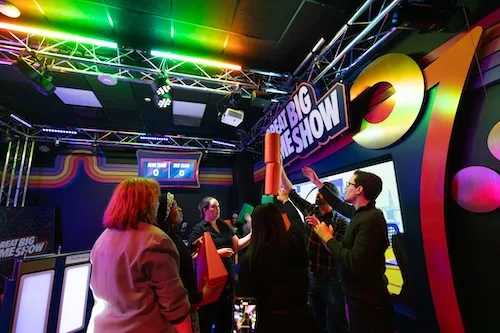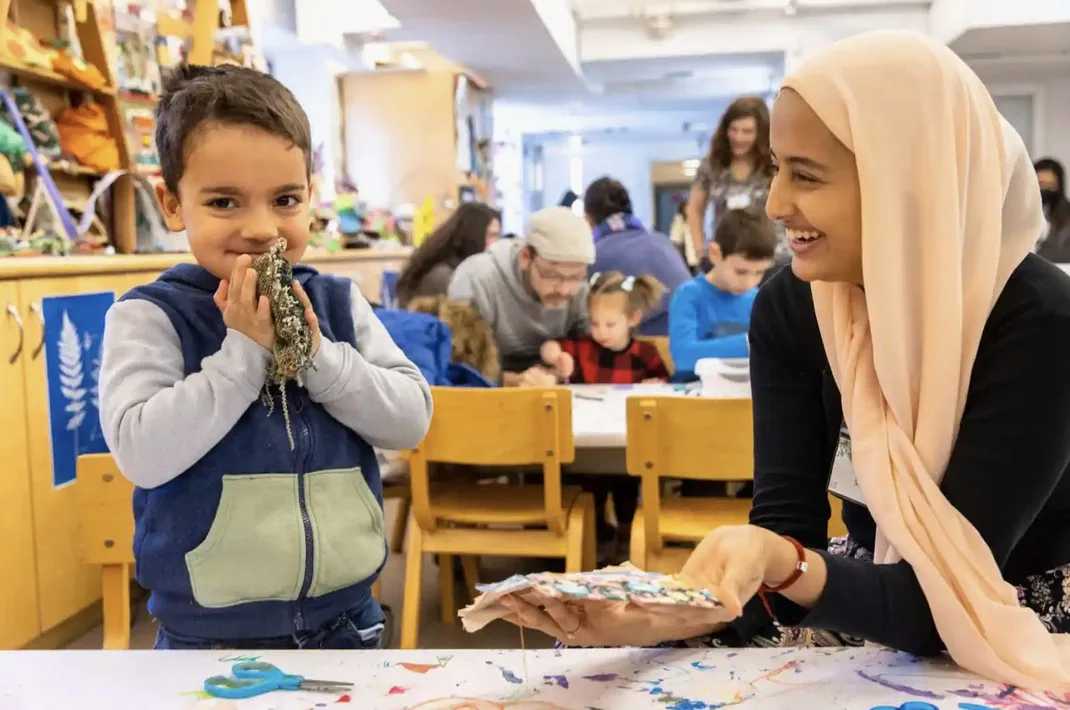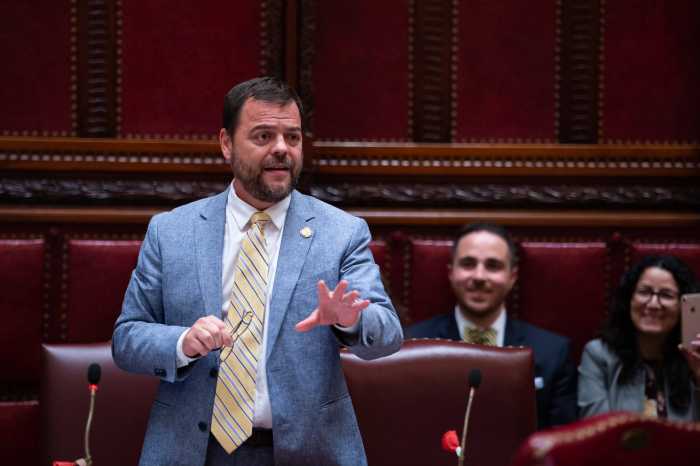Most New Yorkers have seen “The Scream” by Edvard Munch, even if it was just on a poster in an angsty teen’s bedroom. Now the Metropolitan Museum of Art wants you to hear the spectral painting.
On Dec. 3, The Orchestra Now (TON) kicked off its third season of “Sight & Sound” concerts at the museum by pairing a discussion of Munch’s work with a performance of Arnold Schoenberg’s “Erwartung,” a one-act monodrama about a disoriented, possibly delusional, woman (soprano Kirsten Chambers) searching for her lover in a forest.
There are “integral connections” between the Norwegian painter and the Austrian composer, according to TON music director Leon Botstein. It is those links, “between art and music, between the visual and the auditory,” which drive this unique series.
Like many Munch works, including more than a dozen in the Met Breuer’s current exhibition “Munch: Between the Clock and the Bed” that inspired the concert, “The Scream” is a kind of self-portrait.
Munch described the circumstances in his diary, according to the Breuer. Walking along the fjord south of Oslo, “Suddenly the sky became a bloody red. … I stood there trembling with fright. And I felt a loud, unending scream piercing nature.”
Schoenberg’s scream comes about halfway through “Erwartung.” The woman finds her lover dead, and cries out “Hilfe,” or help. The score is marked “schreiend” or “screaming.” It is a piercing plea that plunges almost two octaves on the last syllable. The slightly discordant result is the auditory equivalent of the eyes in “The Scream,” one of which stares straight ahead while the other looks to the side.
Schoenberg also “had serious ambitions as a painter” early in his career, Botstein said, and “painted innumerable self-portraits.” Slides of paintings by both Munch and Schoenberg will be shown during the concert.
Even “Erwartung” is a type of “self-depiction,” Botstein said. Schoenberg’s wife ran off with his painting teacher, Richard Gerstl, and after she ended the affair and returned home, Gerstl committed suicide. Schoenberg began composing “Erwartung” about nine months later.
It is the exploration of these “layered and profound” connections that Limor Tomer, the Met’s general manager of concerts and lectures, prizes in working with Botstein.
“Performance is a discipline like sculpture and photography,” she said, and as such the Met is a natural host for such nontraditional concerts. “There is a prevailing misconception that museums are repositories of stuff,” she said. “More important, they are repositories of ideas” that can “start conversations.”
For TON, a graduate student orchestra based at Bard College, the Met provides a unique opportunity to access an audience “with very few prejudices” when it comes to classical music, Botstein said. And they really respond to the diverse programming. “Music is a form of life, and as a form of life it connects with other forms of life,” he said, “and they include politics and history and philosophy and literature.”
That all-encompassing ethos fits perfectly at the Met, Tomer said.
“We have everything. The Met is everything.”
‘Sight and Sound’ takes place at the Grace Rainey Rogers Auditorium in The Metropolitan Museum of Art, 1000 Fifth Ave., metmuseum.org. Tickets start at $30, kids aged 7-16 $1.
The series at a glance:
Dec. 3 at 2 p.m. — Schoenberg, Munch and Expressionism
Feb. 11 at 2 p.m. — Shostakovich, Michelangelo and the Artistic Conscience
May 20 at 2 p.m. — Debussy and French Painting: Beyond Realism






































